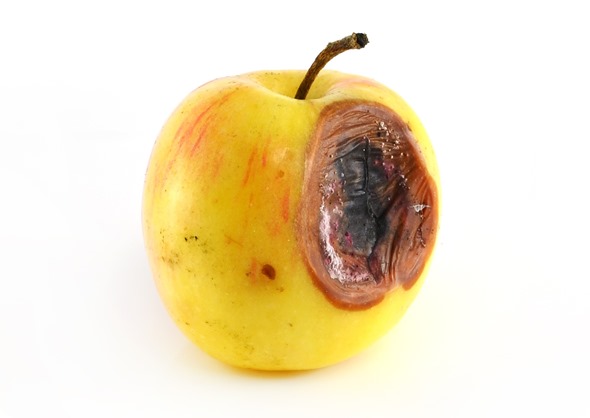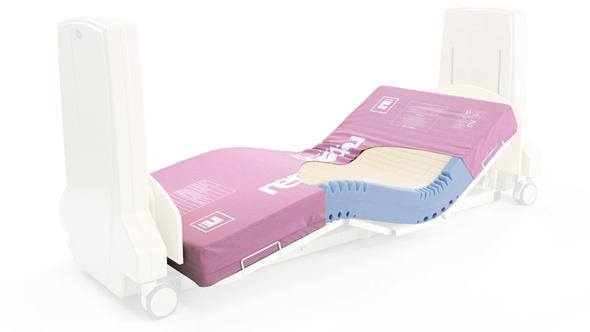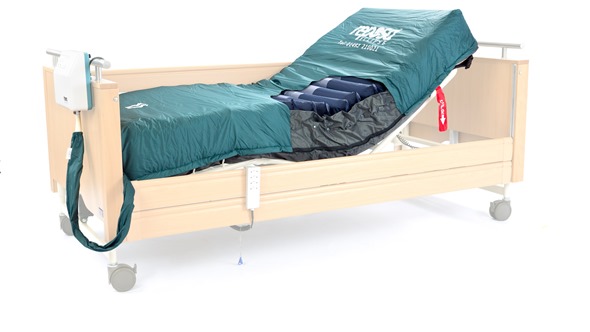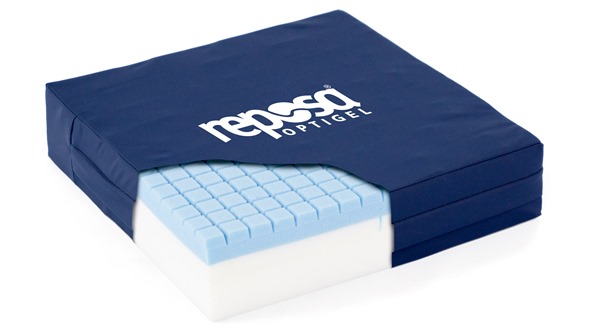Almost 700,000 people in the UK are affected by pressure ulcers every year, making this global issue a substantial concern for health professionals and care units worldwide.

Pressure ulcers are prevalent in all care environments: 1 in 10 get treated for pressure ulcers in care homes; they are the single most costly chronic wound to the NHS; and are also just as common in domiciliary care settings. The most vulnerable of patients are those aged over 75, their skin being particularly susceptible.
However, research suggests that…
80-95% of all pressure ulcers are avoidable
With suitable patient care, and the correct pressure relieving equipment, this problem can be tackled.
As a provider of care equipment, Opera Care is passionate about reducing the unnecessarily high costs of pressure care in the healthcare industry. The manufacturer has not only developed the Reposa® range of pressure relieving equipment, but also works actively with care environments to promote proper patient care.
Pressure ulcers are distressing, not only for the sufferer, but also for the carer and those close to the sufferer. Through their effort on pressure care, Opera Care is helping to take away, not only the excessive costs associated with pressure ulcers, but also the emotional strain for those who suffer both directly and indirectly from these potentially fatal ulcers.
Proper Patient Care
Preventing pressure ulcers is a far more desirable task than the sometimes insurmountable feat of healing developed pressure ulcers. Regular repositioning of the patient will reduce the risk of acquiring a pressure ulcer significantly, and encouraging mobility increases the pace of blood circulation through the patient’s body, helping to redistribute pressure evenly.
Keeping skin clean and healthy is also a preventative measure, and one that will require significant carer assistance. NHS have created a simple step-by-step nursing process called SSKIN for preventing pressure ulcers, stating that 95% of pressure ulcers are preventable using this process.
Pressure relieving equipment is also important in preventing ulcers. Specialist mattresses, cushions, and other relieving accessories are essential in keeping pressure on the patient’s skin to a minimum. Neither nursing nor equipment used independently will prevent pressure ulcers, but used in tandem, pressure ulcer prevention is more than achievable.
If an ulcer is already developed, increased carer attention is required. Grade 1 and 2 pressure ulcers will heal if cared for effectively, but stage 3 and 4 ulcers are much more difficult to treat and require long-term healing. Immediately seek professional advice and care; stage 3 and 4 ulcers will usually be treated by a doctor.
Keeping ulcers clean and covered will help to prevent infection, and advanced pressure care equipment can be purchased to effectively distribute pressure across the sufferer’s skin. Specialist deep air flow mattresses use intelligent pressure sensing technology to minimize, and sometimes remove the pressure from affected parts of the body, greatly increasing the chances of recovery.
Pressure Care Equipment
Here are three Reposa® Pressure Care products that are designed and developed to provide advanced pressure relief.

Reposa® Ultimate Plus Profiling Mattress
The Reposa® Ultimate Plus is a premium very high risk mattress for acute use, constructed from a U-shaped core and castellated visco-foam center section. The mattress is profiling for use with profiling hospital beds. The rigid sides provide support when transferring into and out of bed.
- Castellated visco-foam with firm supports and base for transferring the user
- 2-way turn profiling mattress
- Multi-stretch and vapor-permeable cover
- High-frequency welded seams with fluid ingress prevention flap over zip on three sides
View the Reposa® Ultimate Plus
Reposa® Eclipse Alternating Pressure Mattress System
The Reposa® Eclipse Alternating Pressure Mattress System is an advanced, high to very high risk full replacement mattress system with pressure sensing technology. It uses a premium quilted cover to offer exceptional comfort and reduce skin shear.

- Intelligent pressure sensing technology, achieving optimal internal pressure and ensuring maximum pressure relief
- Adjustable alternation cycle time from 10 to 25 min
- A and B visual indicator, indicates which set of air cells are inflating
- Micro vented air cells providing optimal user moisture and temperature regulation
- Rapid deflation facility CPR
- Extra low noise pump for superior user comfort
View the Reposa® Eclipse…click here
Reposa® Optigel Pressure Cushion
The Reposa® OptiGel Cushion is a specialist Very High Risk castellated cushion with an integral gel sac, for superior pressure redistribution. The cushion is covered with a two-way stretch vapor-permeable cover and non-slip base.

- Castellated foam with firmer base foam
- Integral gel sac
- Multi-stretch, vapor-permeable cover, non-slip base
- Audit box, rotation cycle and care and cleaning instructions
- Sewn seams with zip on three sides and fluid ingress flaps
View the Reposa® OptiGel…click here
Pressure Ulcer Facts, Figures and Statistics:
- 700000 people affected each year1
- 80-95% are avoidable1
- Each pressure ulcer adds additional costs of care of £40001
- 180000 newly acquired ulcers developing each year in the NHS1
- £1.4-£2.1bn NHS spend a year on pressure ulcers, equating to 4% of total NHS spend
- Age bracket 75+ most vulnerable1
- In 2011 bed sores were a contributing factor in the deaths of 540 hospital patients and 227 care home residents2
- 1 in 10 in a nursing home had a pressure ulcer3
- Approximately 412,000 individuals will develop a new pressure ulcer annually in the UK4
- Transition from grade 1 to grade 2 increases the expected cost per patient more than 300% (£3,300) from £1,064 to £4,402 (Table Progression from grade 2 to grade 3 increases cost by a further 66% (£2,900) to £7,3134
1Statistics from the NHS - http://nhs.stopthepressure.co.uk/
2Statistics from the Office of National Statistics - http://www.ons.gov.uk/ons/about-ons/business-transparency/freedom-of-information/what-can-i-request/published-ad-hoc-data/health/november-2013/deaths-from-selected-causes-by-place-of-death-in-england-and-wales-between-1997-and-2012.xls
3http://www.bedsorefaq.com/the-dirty-secret-about-pressure-sores-an-infographic-2/
4http://ageing.oxfordjournals.org/content/33/3/230.full.pdf